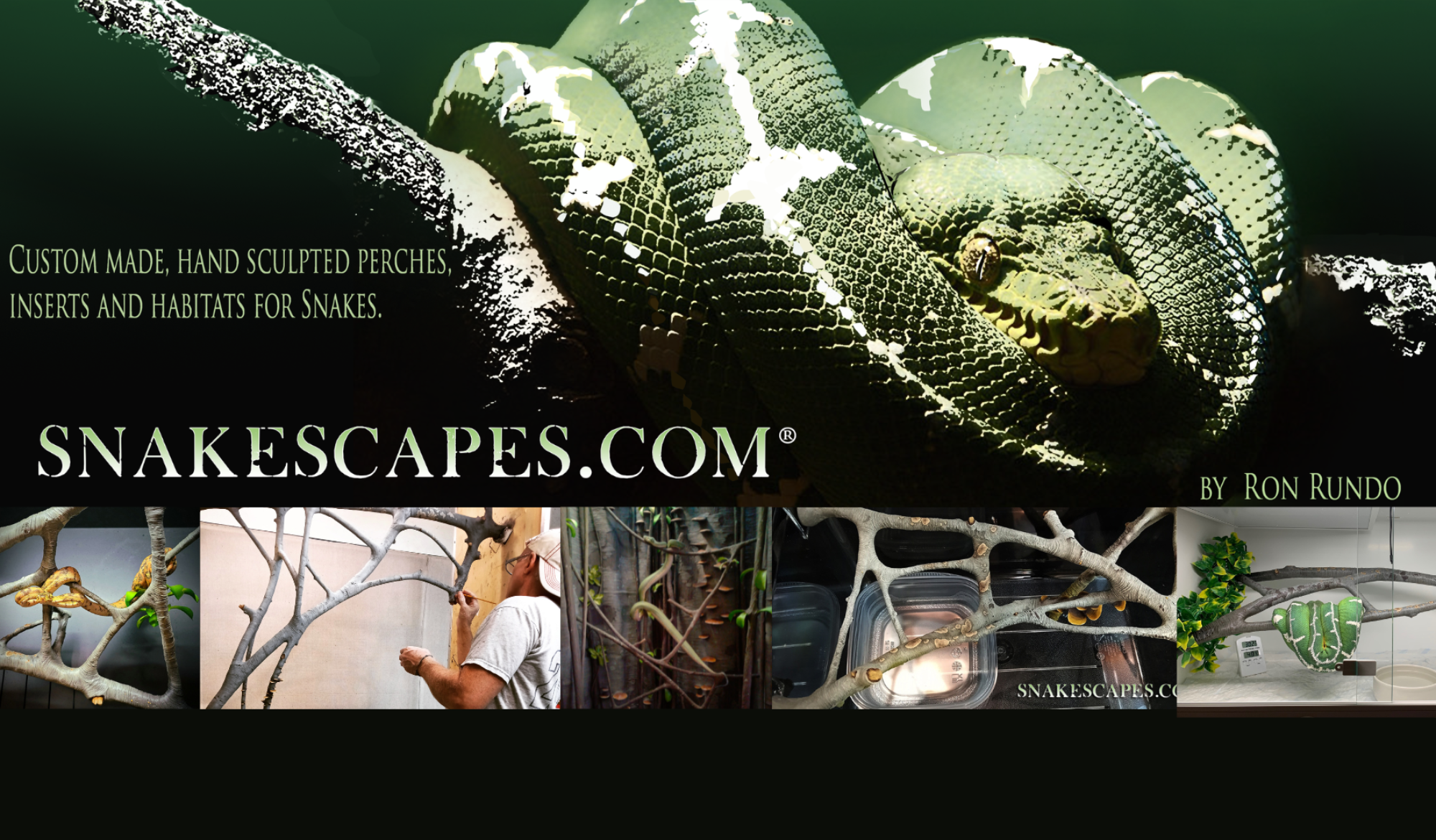Delving into the intricacies of snake environments unveils a world where biology, ecology, and behavior intersect. Herpetologists, the dedicated scientists studying reptiles and amphibians, provide invaluable insights into the science behind snake habitats. In this enlightening exploration, we unravel the secrets of snake environments, revealing the expertise of herpetologists and their profound contributions to our understanding of these remarkable creatures.
Ecological Significance of Snake Habitats:
Herpetologists meticulously study the ecological roles snakes play within their habitats. From controlling pest populations to influencing plant diversity, understanding these interactions is essential. Discover how snake environments contribute to the delicate balance of ecosystems, showcasing the intricate web of life where snakes thrive.
Behavioral Studies and Habitat Preferences:
Observing snake behavior in their natural habitats is a cornerstone of herpetological research. Herpetologists delve into the intricacies of habitat preferences, exploring factors such as temperature, humidity, and prey availability. By understanding these behaviors, scientists gain insights into the adaptations snakes have developed to survive and thrive in diverse environments.
Biodiversity Hotspots and Endangered Habitats:
Herpetologists identify biodiversity hotspots, regions rich in snake species diversity. These hotspots are crucial for conservation efforts, emphasizing the need to protect habitats facing threats such as deforestation and climate change. Learn about the efforts to conserve these endangered habitats and the vital role herpetologists play in safeguarding snake species.
Habitat Preservation and Restoration:
Preserving existing snake habitats and restoring degraded environments are vital conservation strategies. Herpetologists actively engage in habitat restoration projects, reintroducing native plant species and creating optimal conditions for snakes to thrive. Explore the innovative techniques used to restore degraded habitats, ensuring the survival of snake populations.
Climate Change and Adaptation:
Climate change poses significant challenges to snake habitats. Herpetologists investigate how snakes adapt to changing climates, studying shifts in behavior, reproductive patterns, and distribution. These insights are crucial for predicting future trends and developing conservation strategies to protect snakes in a rapidly changing world.
Educational Outreach and Public Awareness:
Herpetologists bridge the gap between scientific knowledge and public awareness. Through educational outreach programs, they disseminate valuable information about snake environments, dispelling myths and fostering understanding. Discover how these efforts empower communities to appreciate snakes and contribute to their conservation.
Collaborative Research and Global Impact:
Collaborative research initiatives among herpetologists worldwide have a global impact on snake conservation. By sharing knowledge and pooling resources, scientists accelerate discoveries, enhance conservation strategies, and advocate for policies that protect snake habitats. Explore the global network of herpetologists and the transformative impact of their collective efforts.
In conclusion, “The Science of Snake Environments: Insights from Herpetologists” illuminates the vital role herpetologists play in unraveling the mysteries of snake habitats. Their research not only expands our scientific knowledge but also informs conservation practices, ensuring that the unique and diverse world of snakes continues to inspire and thrive. Through their expertise and dedication, herpetologists pave the way for a future where snakes coexist harmoniously with humanity, enriching our natural world with their presence.
